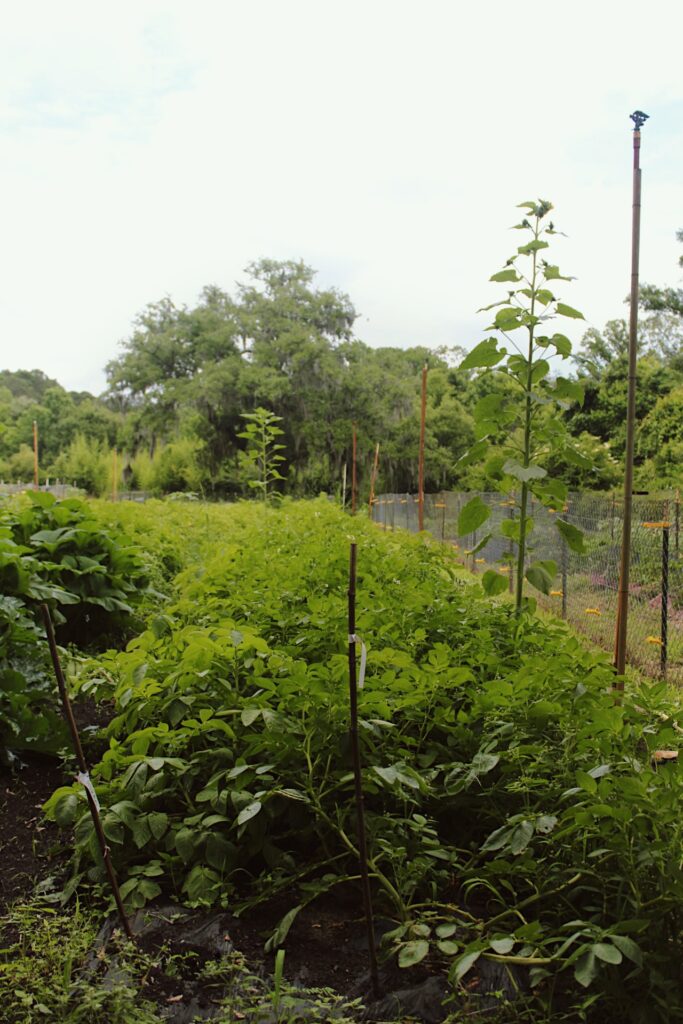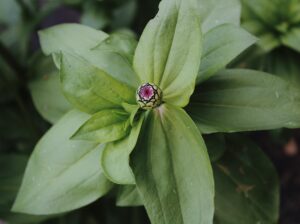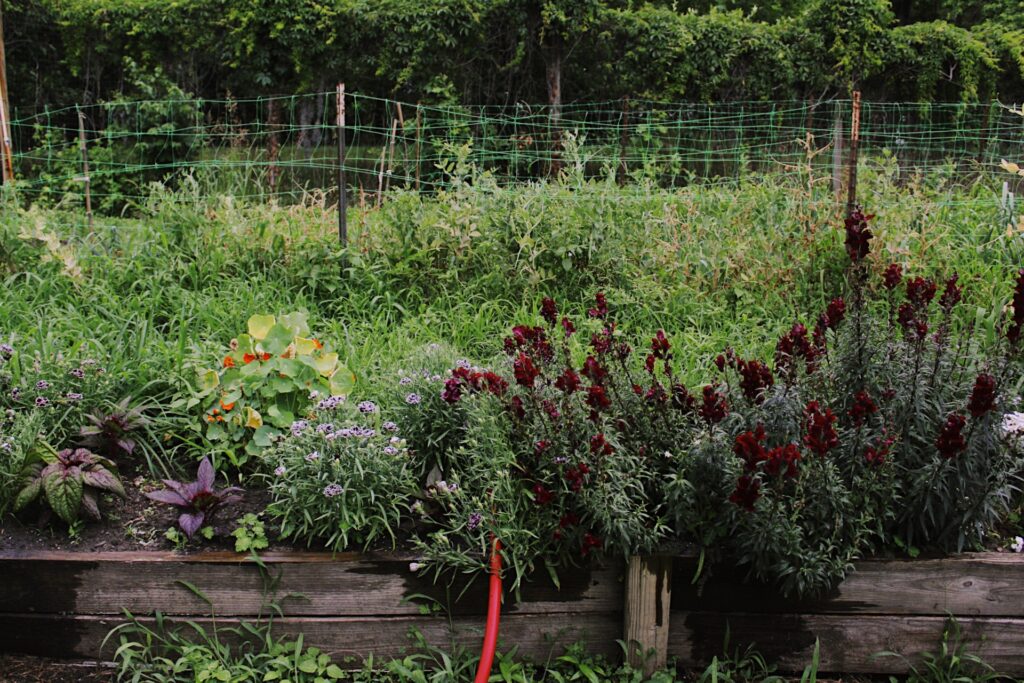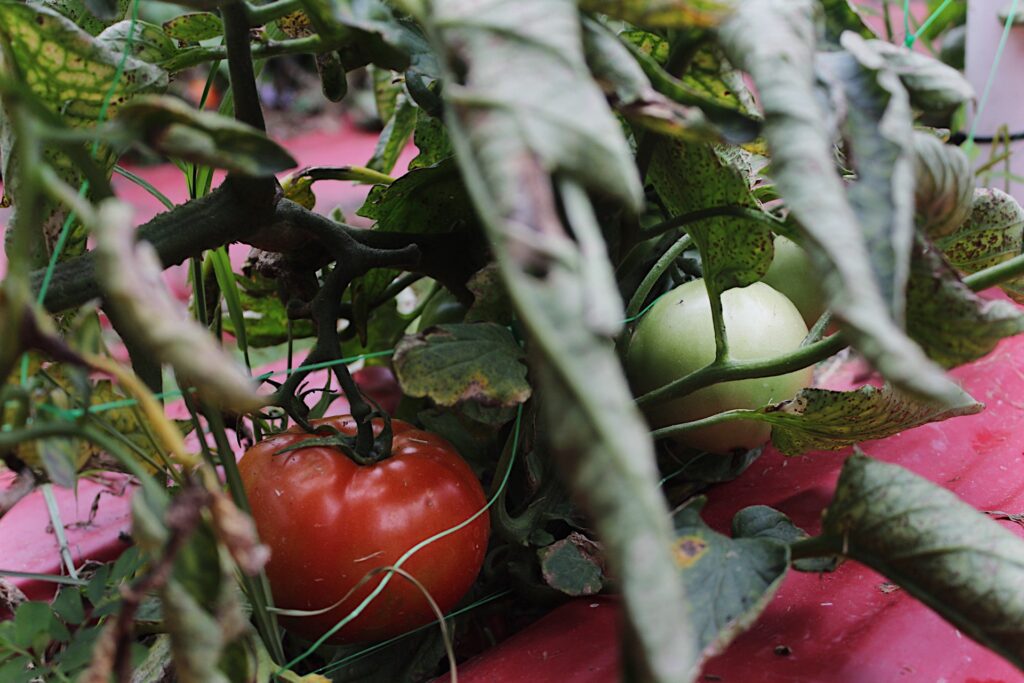Welcome to The Ultimate Guide to Starting a Vegetable Garden for Beginners! If you’re new to gardening or just starting out, this guide will provide you with all the garden ideas you need to start your own vegetable garden and grow your own fresh produce.
Gardening can be a fun, rewarding, and healthy activity that allows you to connect with nature, save money on groceries, and eat nutritious, delicious food that you’ve grown yourself. We will cover everything from choosing a location for your garden to planting, watering, fertilizing, and harvesting your vegetables.

We’ll also provide tips on pest control, seasonal gardening, and troubleshooting common gardening problems. So, whether you have a large backyard or just a small balcony, let’s get started on your journey to becoming a successful vegetable gardener!
Why Start a Vegetable Garden
If you’re new to gardening, starting a vegetable garden can seem like a daunting task. However, with a little bit of knowledge and effort, anyone can learn how to grow their own vegetables.
Not only does gardening provide you with fresh, healthy produce, but it can also be a fun and rewarding hobby that gets you outside and in touch with nature. Follow along as we break down the process of starting a vegetable garden into simple, easy-to-follow steps that anyone can understand. Whether you have a large backyard or just a small patio, we’ll show you how to make the most of your space and grow your own delicious vegetables.
Choosing a Location
Before you start your vegetable garden, it’s important to choose the right location. Look for an area in your yard or on your balcony that receives at least six hours of sunlight per day, as most vegetables need plenty of sunshine to grow.

You’ll also want to make sure that the location has access to water and that the soil is healthy and fertile. If you don’t have access to an outdoor space, don’t worry – you can still grow vegetables in containers on a sunny windowsill or balcony. No matter where you decide to plant your garden, choosing the right location is key to setting yourself up for success.
Planning Your Garden
 Once you’ve chosen the location for your vegetable garden, it’s time to start planning what you want to grow. Using a garden planner is the best way to start. Take into consideration your climate and the time of year, as different vegetables grow best in different conditions.
Once you’ve chosen the location for your vegetable garden, it’s time to start planning what you want to grow. Using a garden planner is the best way to start. Take into consideration your climate and the time of year, as different vegetables grow best in different conditions.
It’s also important to consider the amount of space you have available and the amount of time and effort you’re willing to commit to your garden. You don’t want to overwhelm yourself with too many plants or with plants that require a lot of attention if you’re a beginner.
Consider starting with easy-to-grow vegetables like tomatoes, lettuce, or green beans.
You can also choose to grow vegetables that your family enjoys eating, or experiment with new and exciting varieties. Planning your garden in advance will help you make the most of your space and ensure that your plants have the best chance of success.
Preparing the Soil
Preparing the soil is a crucial step in starting a successful vegetable garden. Start by removing any rocks, weeds, or debris from the area you’ve chosen. You’ll then want to loosen the soil by digging or tilling it to a depth of at least 12 inches. This will help to improve drainage and allow your plants’ roots to grow deeper.
If your soil is poor quality, you may want to amend it with organic matter like compost, aged manure, or shredded leaves to provide your plants with the nutrients they need to thrive. Consider testing your soil’s pH level and adjusting it if necessary, as different plants have different requirements. Taking the time to properly prepare your soil will help ensure that your vegetable garden gets off to a strong start.

Planting Your Garden
With your soil prepared, it’s time to start planting your vegetables. The best time to plant will depend on the type of vegetable and your climate. Generally, warm-season vegetables like tomatoes and peppers should be planted after the last frost, while cool-season vegetables like lettuce and spinach can be planted earlier in the spring or in the fall.

Follow the instructions on the seed packets or plant labels for spacing, depth, and watering requirements. Be sure to water your plants immediately after planting and keep the soil moist but not waterlogged as your plants begin to grow. You may also want to consider using a layer of mulch to help retain moisture in the soil and control weeds. With a little patience and care, you’ll soon see your vegetable garden start to take shape.
Watering and Fertilizing
Regular watering and fertilizing are essential for a healthy vegetable garden. Water your plants deeply and consistently, aiming for at least an inch of water per week. However, be careful not to overwater, as this can lead to root rot and other issues. Consider using a drip irrigation system or soaker hose to provide your plants with a steady supply of water.
Fertilizing your plants will also help them to grow strong and healthy. Consider using a balanced fertilizer or compost to provide your plants with the nutrients they need. Be sure to follow the instructions on the fertilizer packaging and avoid over-fertilizing, as this can damage your plants. With the right amount of water and nutrients, your vegetables will thrive and produce a bountiful harvest.
Pest Control
Unfortunately, vegetable gardens are susceptible to pests and diseases that can damage or destroy your plants. Some common garden pests include aphids, slugs, and caterpillars. To prevent pest problems, consider practicing natural pest control methods like companion planting, handpicking pests off plants, or using organic pesticides like neem oil or insecticidal soap.
Additionally, keep an eye out for signs of plant diseases like fungal infections or nutrient deficiencies, and take action to address these issues before they become more serious. Regularly inspecting your plants and taking steps to prevent or treat pests and diseases will help ensure the health and productivity of your vegetable garden.
To help you mitigate pest problems, here are six common pests and diseases that can affect vegetable gardens, along with some tips on how to prevent or mitigate them.
- Aphids: These tiny insects feed on the sap of plants and can quickly multiply, causing damage to leaves and stunting plant growth. To prevent aphids, consider planting companion plants like marigolds or nasturtiums that repel them, or use a strong stream of water to knock them off plants. You can also try using an organic insecticidal soap or neem oil to control infestations.
- Slugs and snails: These pests can cause damage to seedlings and young plants by eating the leaves and stems. To prevent slugs and snails, try using copper tape around the base of your plants, as they are repelled by the metal. You can also place traps made of beer or grapefruit halves to attract and drown them.
- Tomato hornworms: These large, green caterpillars can quickly strip a tomato plant of its leaves and fruits. To prevent tomato hornworms, consider planting companion plants like basil or marigolds that repel them. You can also handpick them off plants or use an organic pesticide like Bt (Bacillus thuringiensis) to control infestations.
- Powdery mildew: This fungal disease appears as a white, powdery coating on the leaves and can cause plants to wilt and die. To prevent powdery mildew, make sure your plants have good air circulation and are not overcrowded. You can also spray affected plants with a mixture of milk and water, which has been shown to help control the disease.
- Blossom end rot: This condition appears as a dark, sunken spot at the bottom of tomatoes and other fruits and is caused by a calcium deficiency. To prevent blossom end rot, make sure your plants are receiving consistent and adequate water, as inconsistent watering can lead to the condition. You can also add calcium to the soil by using an organic fertilizer like bone meal.
- Early blight: This fungal disease appears as dark spots on the leaves of tomato plants and can cause them to wither and die. To prevent early blight, avoid getting the leaves wet when watering and make sure plants have good air circulation. You can also apply a copper-based fungicide or use crop rotation to prevent the disease from recurring.
Harvesting Your Garden
Harvesting your vegetables is one of the most rewarding aspects of vegetable gardening. It’s important to harvest your vegetables when they’re ripe to ensure the best flavor and texture. Different vegetables have different indicators of ripeness, such as color, size, or texture.

For example, tomatoes are ripe when they turn red and are slightly soft to the touch. Beans are ready to harvest when the pods are firm and snap easily. Be sure to also harvest your vegetables regularly, as this will encourage the plants to continue producing more fruits or vegetables. Store your harvested vegetables properly, either in the refrigerator or by canning or freezing them, to preserve their freshness and flavor. With a little care and attention, your vegetable garden will provide you with a bounty of delicious, fresh produce to enjoy.
Seasonal Gardening Tips
Seasonal gardening is an important aspect of vegetable gardening. Different vegetables grow best in different seasons, and planting at the right time can help ensure a successful harvest. In general, cool-season vegetables like lettuce, spinach, and broccoli grow best in the spring and fall when temperatures are cooler.
Warm-season vegetables like tomatoes, peppers, and cucumbers prefer warmer temperatures and should be planted after the last frost. You can also extend your growing season by using techniques like row covers or cold frames to protect your plants from frost and cold temperatures.
Consider rotating your crops each year to help prevent soil-borne diseases and maintain soil fertility. By planting the right vegetables at the right time, you’ll be able to enjoy fresh produce from your garden all year round.
Troubleshooting Your Garden
Despite your best efforts, you may encounter some challenges in your vegetable garden. Common issues include nutrient deficiencies, plant diseases, and pest infestations. If you notice problems with your plants, it’s important to take action quickly to prevent the issue from becoming more severe. Start by identifying the problem, which may involve inspecting the leaves, stems, and fruits of your plants.
Once you’ve identified the issue, consider using natural remedies like organic pesticides or companion planting to control pests, or using organic fertilizers to address nutrient deficiencies. Remember that gardening is a learning process, and don’t be discouraged if you encounter problems.
By staying vigilant and addressing issues as they arise, you’ll be able to maintain a healthy and productive vegetable garden. If you’re still struggling to find the right answers on how to troubleshoot your garden, join a gardening community. Gardening communities are full of other gardeners who are happy to share their experience and advice with you!
Vegetable Garden for Beginners Conclusion
Starting a vegetable garden may seem like a daunting task at first, but with the right knowledge and effort, anyone can grow their own fresh and nutritious produce.
We’ve covered all the essentials of starting a successful vegetable garden, from choosing the right location and planning your garden to planting, watering, and harvesting your vegetables. We’ve also provided tips on pest control, seasonal gardening, and troubleshooting common gardening problems.
You’ll soon be on your way to becoming a successful vegetable gardener. So, grab your shovel and seeds, and let’s get started on your vegetable gardening journey!











